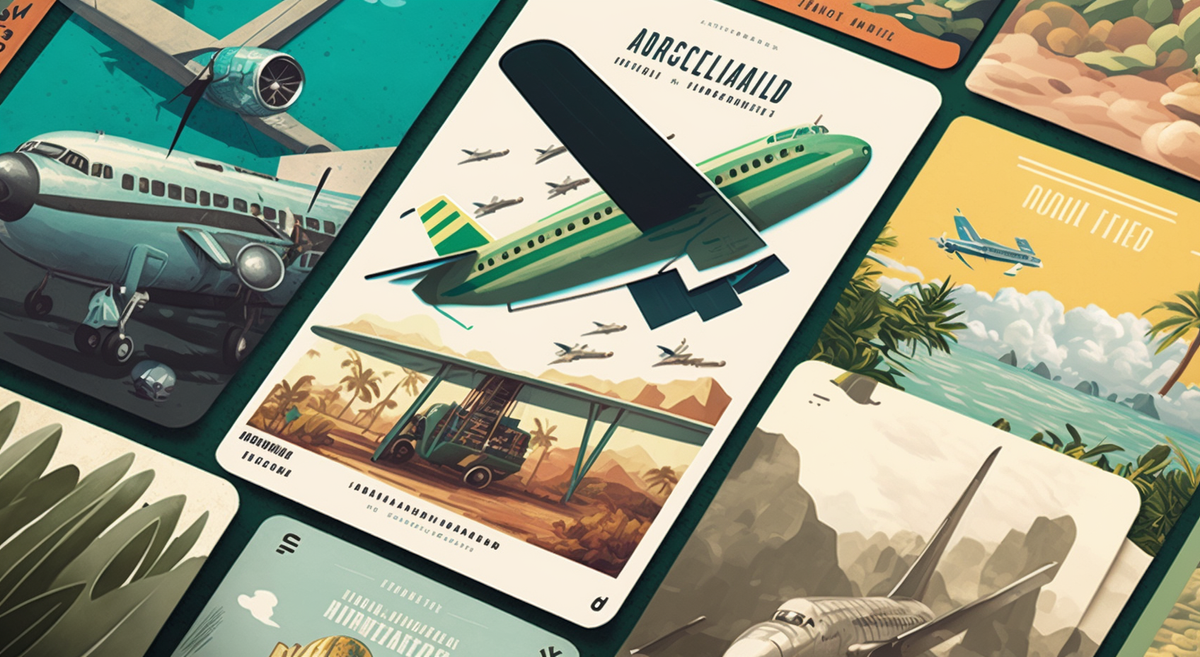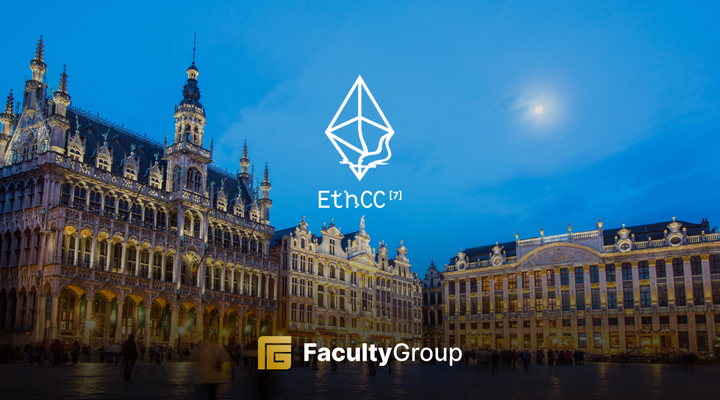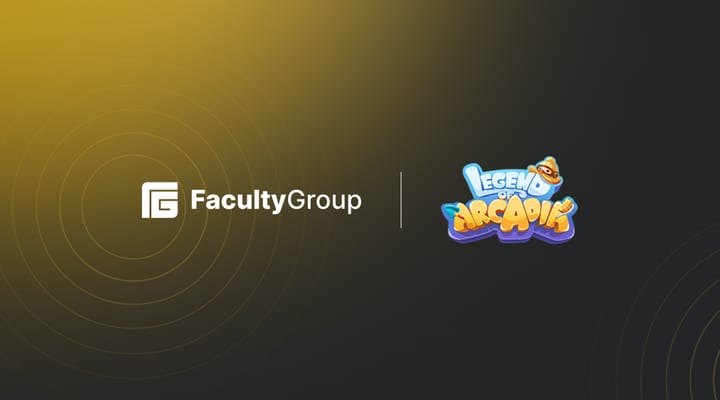Lufthansa & Polygon: It’s time to be Dynamic

Lufthansa Group, Europe’s largest airline group, which includes Lufthansa, Swiss International Air Lines, Austrian Airlines, and others, counts over 38 million registered members in its loyalty program Miles & More. Like thousands of decentralised applications and major companies (Adobe, Stripe and Robinhood)that are already building on Polygon, their Uptrip loyalty programme launched this Summer.
Uptrip transforms trips into collections of experiences by rewarding travellers with digital trading cards for every flight they take. Every collection requires different cards and, once completed, offers unique rewards that include business lounge access vouchers, free airmiles, free-onboard WiFi passes and even frequent traveller status unlocks.
Users connect their own wallets (such as Metamask) to mint, transfer and trade Uptrip Trading Cards. Since the soft launch over 20,000 users have registered and over 200,000 trading cards have been issued. This is just one of many partnerships with big household brands announced by Polygon that is engaging with consumers through dApps that look and behave like ‘traditional’ loyalty applications on your mobile phone.
Part trading cards, part loyalty rewards programme, Uptrip is an innovative take on traditional airline rewards using creative gamification and engagement tools. The digital collectibles in Lufthansa’s all new Polygon powered loyalty scheme will come in the shape of collectible cards adorned with popular destinations, aircraft, holiday themes and more. While, some more unusual routes, such as flying over the North Pole, or hitting the skies on Christmas will result in rarer ‘special’ cards. Furthermore, as an added bonus, Lufthansa will dish out the first collectibles for free when signing up to the Uptrip App.
The backend is built using Web3 technology to issue and register the collectibles on-chain with Polygon but the simple user interface means even your grandmother can use this dApp without realising they are minting a digital asset. Decentralised applications, like Uptrip, have the potential to onboard traditional consumers into digital assets in a way that benefits everyone. Consumers don’t care about the technology, they are interested in innovation, novelty and earning rewards.
What makes Consumer Tokens Dynamic?
Although UpTrip’s digital trading cards are a huge innovation when it comes to air miles reward programmes, we would argue that it is only a matter of time until Brands and loyalty start building dynamic consumer tokens (dNFTs) into their own loyalty reward programmes using digital wallets and dApps with dynamic smart contracts built into the back end. There are three components of a dynamic consumer token (or any token for example that is programmable on-chain):
- The smart contract is the core as it contains all the rules for how/when/where the consumer token can change, and is responsible for making the changes to the token’s metadata.
- The Metadata is what defines the consumer token’s unique properties such as the owner, description, image or even its current state or status level.
- The Oracle is a third-party service (for example Chainlink) that provides external data to the smart contract. This data can be used to trigger changes to the token’s metadata to update it for the consumer based on a brand or artist’s new collections.

The potential use cases of dynamic consumer tokens include:
- Tickets: Dynamic consumer tokens can be used to create tickets that update to reflect the status of an event. For example, a ticket for a concert could be programmed to change its appearance to reflect the artist’s current setlist, album covers or to mint a new unique digital ‘collectible’ from the concert.
- Membership passes/Loyalty rewards: Dynamic consumer tokens can be used to create membership passes that update to reflect the consumer’s reward level. For example, a fan club membership pass could be programmed to grant access to exclusive events or discounts available to Fans only.
- Digi-Physical Products (Merchandise!): Dynamic Consumer tokens can be used to create unique digital products and discounts for their physical counterparts in the real world or at events.
- Digital art: Dynamic consumer tokens can be used to create digital art that changes or evolves over time. For example, these could be programmed to change colours or patterns based on the time of day, season, events or the viewer’s location.
Loyalty rewards programmes can implement dynamic consumer tokens to create more engaging and interactive experiences for customers, new revenue streams, and improve customer loyalty. The possibilities for customisation and creativity are endless.








